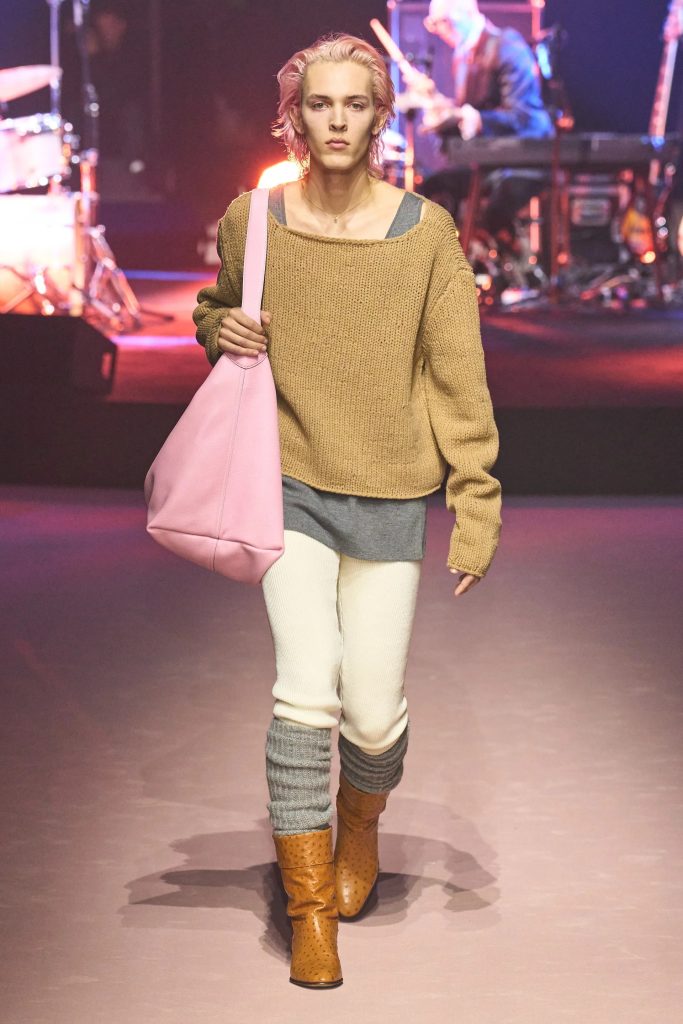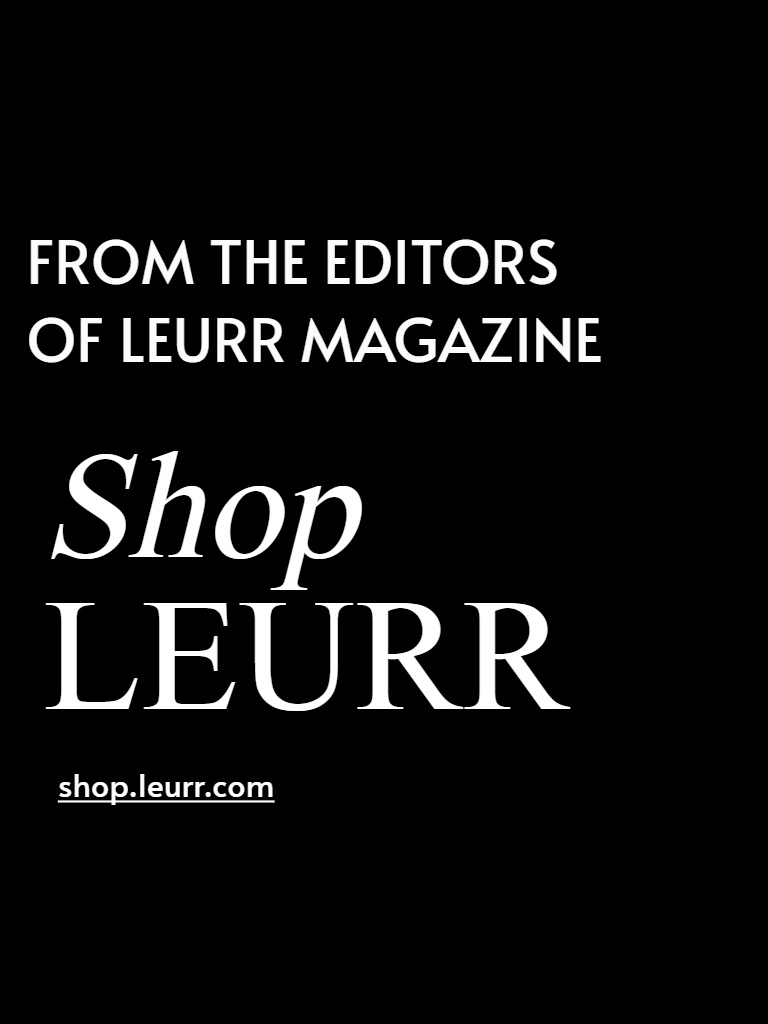Gucci looked to its history for inspiration for its debut show sans Alessandro Michele there at forefront. Here are the top five takeaways taken from the AW23 menswear show by the Italian label.

It was Gucci’s 1st show sans Alessandro Michele.
Alessandro Michele left Gucci in November of last year, and this was the house’s first standalone men’s show in the post-pandemic era. However, the design team—many of whom had worked at the home for decades—took the problem head-on with realism and care rather than choosing to ignore the change in aesthetic focus. In the show notes, it was said that “improvisation is an act of collaboration,” giving an idea of the creative teamwork that had produced the performance. Gucci dedicated the collection to what they called “the aesthetics of improvisation”: a free-spirited, free-spirited look based on the character of the person wearing it. This was done in response to the idea that improvisation is a craft that can only be performed by people with skill and experience.
It included a performance by Marc Ribot’s Ceramic Dog.
The models circled a large round platform at the Gucci Hub in Via Mecenate where the show was staged. The band Marc Ribot’s Ceramic Dog, played a live orchestration that interpreted the concept of improvisation on top of that. The performance, like the collection, signaled a break from Michele’s musical inspirations, and Gucci’s decision to innovate rather than follow what had been perceived as the proper course.
The collection was inspired by the aesthetics of improvising.
The classic ensembles sported at the show’s introduction were a white T-shirt, a pair of formal pants, a long skirt, an overcoat, a check suit, and a pair of denim pants. However, each classic piece of clothing had been transformed via the lens of improvised self-expression, either made larger or unconventionally fashioned, or given dynamic individuality-defining traits. Contrary to body-conning tops, tailoring was extended and increased in volume for a statuesque appearance that created the impression of having long legs. Scarves that seemed to be antique or historical finds were combined with denim bags, down jacket padding, and slacks.
It celebrated the Gucci archives
For a collection that represented a pause for Gucci, digging into the archives was a logical starting point. The design team had looked to the past that defined the house while it awaited the appointment of its next creative director. It was alluded to in the shapes from the 1980s that surfaced near the end of the show—dance attire, leg warmers, gilet tracksuits, and soft ankle boots—as well as in the Tom Ford-focused allusions that warmed Y2K-era hearts. Those featured motorcycle jackets and leather pants, which paved the way for baggy coveralls, in addition to bleached, almost golden denim trousers. One was created from black Crystal GG canvas, a lacquered variation of the house’s monogram fabric that also featured in accessories.
Gucci’s distinctive accessories were infused with age and personality.
New iterations of Gucci’s furry Princetown slippers emerged from beneath the voluminous flares of the collection’s powerful pants. They had grown in size for a vintage look that represented the impression of wardrobe items filled with age and character. Horsebit loafers made of fabrics like corduroy and larger but more casually constructed purses had echoes of it. Holdalls, updated Jackie and Dionysus models in fading pastel hues, the Crystal GG canvas, shearling, and crocodile, as well as coated canvas clothing screaming to be carried through an airport terminal, were among them.


